Al Ula: A hidden gem in Saudi Arabia
When we think of Saudi Arabia, we often imagine Makkah, Medina, and the annual pilgrimage. But beyond these, there are plenty of amazing spots that have been attracting travellers since the kingdom opened up to foreign visitors in 2019.
One such hidden gem is the charming town of Al-Ula.
I visited it in 2023 and was amazed by the hospitality I received there. One just has to walk around the streets of the ancient city to find how tourist-friendly the place is.
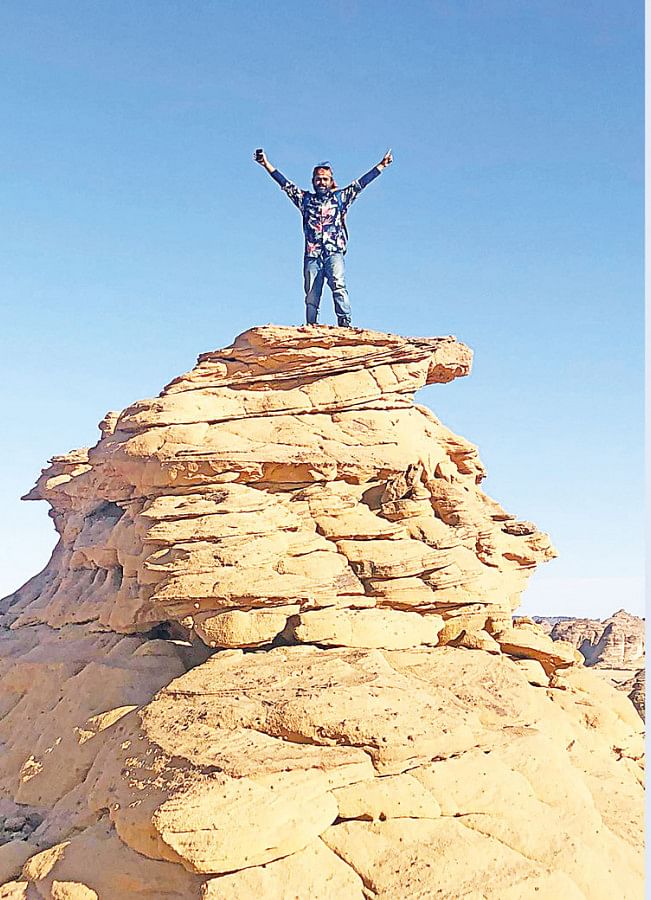
Al-Ula is an ancient Arabic oasis city located in Medina Province. The market city on the historic incense route once linked India and the Persian Gulf to the Levant and Europe. The city's origin dates back to the Nabatean and Dedanite periods.
Its Old Town is a great example of preservation: the ancient ruins will give you a glimpse into the city's glorious past. The unique stone formations scattered across the landscape give it an alien-like feature. It looks like something which came out of an artist's imagination.
However, the highlight of Al Ula has to be Hegra, Saudi Arabia's first Unesco World Heritage Site. You might have heard of Petra in Jordan, which is famous for being one of the Seven Wonders of the World. Well, Hegra is similar. Located 22 km north of Al-Ula, it's another ancient city built by the Nabataeans, with hundreds of intricate tombs carved in desert rocks. The more than 2,000-year-old structures are simply breathtaking.
If you're planning a trip to Al Ula, make sure Hegra is at the top of your list.
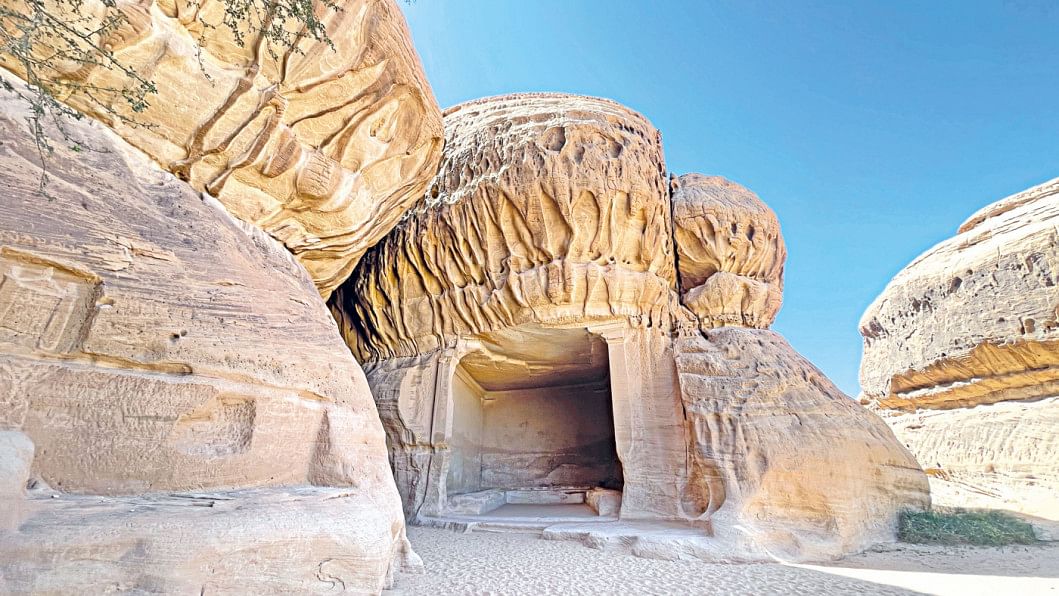
When I arrived in Al-Ula late at night, around 11:30pm, finding transportation was a bit tricky as there were no taxis around. So, I ended up flagging down a car to take me to my hotel, which turned out to be farther from the bus stop and the city centre than I had anticipated. Although the hotel rate was reasonable at 80 riyals, I ended up spending 100 riyals on the ride. Nonetheless, the accommodations for the night were excellent.
The next morning, my first stop was Al Ula Old Town. While having breakfast, I came to know about a free car service available for travellers. I headed to the designated spot and found a van waiting. The driver offered to take me to the Old Town alone. Upon arrival, he assured me he'd wait for my return. Leaving my bulky backpack in the car, I set off on foot following the directions indicated on the signboard.
As I approached the gate of the old city, it felt like going back in time. The sight of rows of mud houses with palm-thatched roofs, balconies, and various pots and wares displayed inside gave me the impression of an ancient Arab market frozen in time.
Walking along the dusty path, the ancient settlement gradually came into view. Unfortunately, I couldn't explore the interiors of the houses as excavation and reconstruction works were underway.
The authorities there informed me that the place flourished as a town in the 12th century, serving as a crucial hub along ancient incense trading routes and the pilgrimage path from Damascus to Makkah. Standing tall within the area is a citadel, offering panoramic views of the entire Old Town.
However, I reluctantly decided to forgo the experience learning that climbing the fortress required a pricey ticket.
Here I met Lars Paprotta, a fellow traveller from Germany. Like me, Lars is a solo adventurer and hitchhiker. Learning that Lars planned to visit Elephant Rock, an iconic rock formation resembling an elephant, I retrieved my backpack from the van and joined him on the journey. We hitchhiked to the natural wonder in the desert. Adjacent to the rock is an outdoor restaurant with ample seating areas, perfect for soaking in the breathtaking scenery. However, we weren't content with merely admiring the view; we ventured to climb a nearby hill for an even more spectacular vantage point. Despite the challenging ascent, the stunning vista made it all worthwhile.
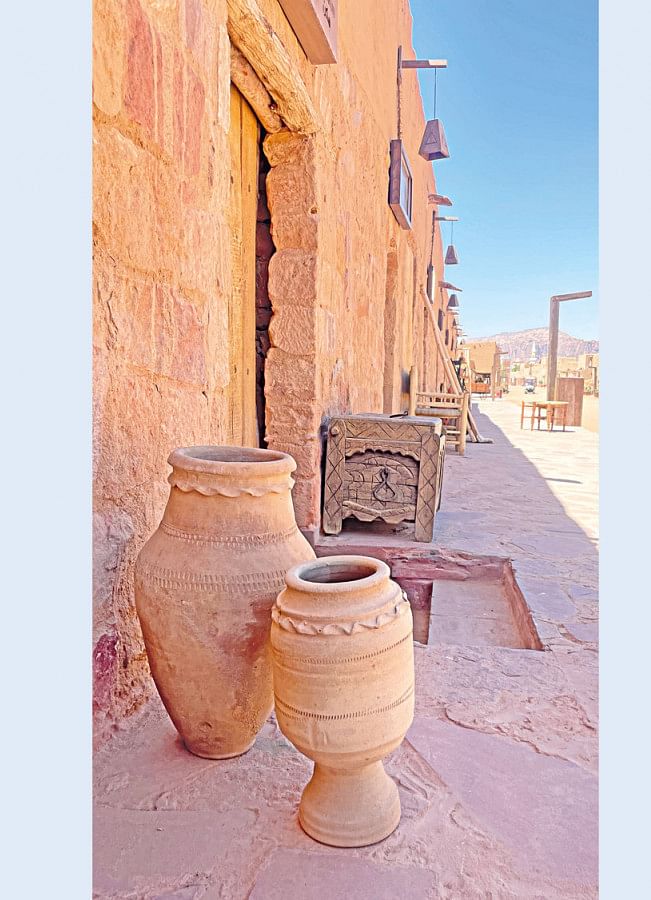
As evening descended, we started looking for a lift to return to the city. An Arab businessman gave us that and also invited us to Iftar. With empty stomachs, we accepted right away. The warmth and hospitality of our host left a lasting impression on us as we indulged in a delightful array of traditional Arab dishes. After a satisfying meal and engaging conversation, our host dropped us off at Lars's hotel. I stayed there for 120 Saudi Riyals (SR) for a night.
The following morning, we set out for Hegra. To reach Hegra, we had to go to the Winter Park area in the city. For 95 SR per person, we secured a package that included a guided round-trip to Hegra. Alternatively, one could hire a seven-seater SUV for 1,000 SR.
Reaching Hegra in a bus, we switched to a mini-bus bound for the tombs. Hegra, also known as Mada'in Salih and Al-Hijr, boasts a remarkable collection of 111 tombs. Led by our guide, we marvelled at the intricate stone carvings that showcased the architectural prowess of the Nabataean civilisation over 2,000 years ago. Our guide explained that these tombs were reserved for the Nabataean elite, reflecting their social and financial status. I smiled, some things never change!
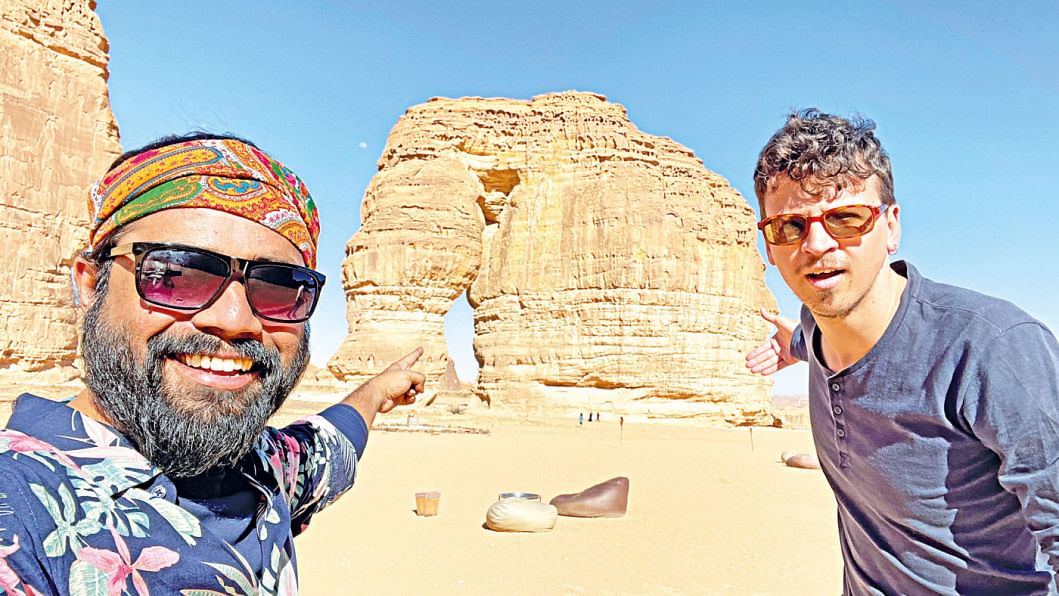
Exploring one of the tombs, I observed the empty interior adorned with carved shelves, once used to house the deceased along with their valuables. Sadly, our guide informed us that many of these tombs had been looted over time.
The highlight of Hegra was undoubtedly the Tomb of Lihyan Son of Kuza, also known as Qasr al-Farid, or the "Lonely Castle". Standing at 72 feet, it stood apart from the other tombs, exuding grandeur despite being unfinished.
Our journey also led us to a unique structure, not a tomb but a gathering place of sorts. Its spacious interior hinted at its significance, with our guide explaining that it was once used for various religious rituals.
While heading back to Al-Ula, I kept reflecting on the ancient Nabataean civilisation.
And just like that it was time for me to leave Al-Ula. I couldn't help but feel a pang of sadness. In just two days, the city had carved a special place in my heart. Yet, thoughts of the adventures that lay ahead, including our plan to hitchhike through the Arabian Desert with Lars, lifted my spirits once more.
As we stood at the edge of the city, a massive truck halted in response to our waving. With excitement, Lars and I scrambled into the truck, embarking on a thrilling 16-hour journey through the Arabian Desert to Umluj city along the Red Sea.
Now that's a different story to tell which I named "16-hour hitchhiking through the Arabian Desert".

 For all latest news, follow The Daily Star's Google News channel.
For all latest news, follow The Daily Star's Google News channel. 

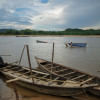

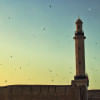


Comments